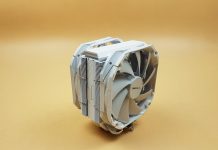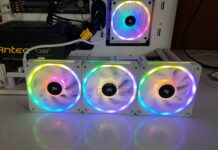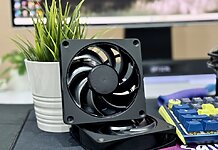Worth It?
Review Summary
The ARCTIC P9 series brings powerful performance to the compact 92mm fan market, making them a solid choice for small form factor (SFF) and workstation builds. With three variants, Silent, PWM PST, and Max, users can pick the fan that suits their needs best. The P9 PWM PST hits the sweet spot with balanced airflow, low noise, and great cooling, while the P9 Max offers beastly performance at the cost of loud noise. The P9 Silent lives up to its name with quiet operation, though it’s not ideal for heavy cooling. Overall, these fans deliver excellent value, reliable design, and impressive specs backed by a 6-year warranty.
Hours Tested: 9
Overall
-
Quality - 9/10
9/10
-
Design - 9/10
9/10
-
Performance - 9.5/10
9.5/10
-
Features - 9/10
9/10
-
Value - 9/10
9/10
Pros
- Excellent Thermal Performance
- 92x25mm Size
- Fluid Dynamic Bearing
- 0dB Mode
- Wide PWM Range on Max Series
- Dead Silence on P9 Silent Series
- PWM Regulation on Applicable Models
- Standard Connectors
- PWM Sharing Technology on Applicable Models
- Price
- 6-Year Warranty
Cons
- P9 Max Fans are loud
PC fans come in various sizes with 120mm and 140mm being the mainstream stay for obvious reasons. Recently 160mm fan size is getting attention. There are sizes below 120mm which are specific for the workstation, server-grade, and SFF setups.
ARCTIC has released P9 series fans recently. Four variants are available in the same size of 92x25mm. These fans cater perfectly to the SFF and workstation builds. ARCTIC has retained the footprint of P series fans on these fans as well.
I am taking a look at three different P9 fans in this article:
- ARCTIC P9 Silent (Black) [MSRP €9.99]
- ARCTIC P9 PWM PST (Black) [MSRP €10.99]
- ARCTIC P9 Max (Black) [MSRP €13.99]
Key Takeaways
- The ARCTIC P9 series are compact 92mm fans designed for small builds, offering a range of noise and performance options to fit both silent and high-performance setups.
- You should go for these fans if you’re building an SFF build with a big focus on both noise and performance.
- You should skip these fans if you’re not looking for 92mm fans. There are plenty of 120mm and 140mm fan options to pick from.
The key specs of all three fans are:
| P9 Silent | P9 PWM PST | P9 Max | |
| Dimension | 92x92x25mm | ||
| Fan Speed | 1900 RPM | 200 to 3000 RPM | 450 to 4300 RPM |
| Air Flow | 23.96 CFM | 38.83 CFM | 58.25 CFM |
| Static Pressure | 1.32 mmH₂O | 3.12 mmH₂O | 6.17 mmH₂O |
| Current Draw | 0.08A | 0.12A | 0.34A |
| Voltage | 12VDC | 12VDC | 12VDC |
| Startup Voltage | 5VDC | 5VDC | 5VDC |
| Power Draw | 0.96W | 1.44W | 4.08W |
| PWM Controlled | No | Yes | Yes |
| Bearing | Fluid Dynamic Bearing | ||
| Warranty | 6-Year | ||
What Makes The ARCTIC P9 Fans Different?
The ARCTIC P9 series of fans comes in four different models. Each model serves a specific purpose though all can be used for case ventilation and heatsink/radiator. The P9 Max is a wild beast with unrivaled performance whereas P9 PWM PST is the best pick of all. These fans come highly recommended by me.
Packaging And Unboxing
ARCTIC at present has not released any kit of these fans hence these fans are available in a single fan pack. The packing box has an ARCTIC theme on the front and back. Specifications are printed over the backside. The following are provided:
- 1x Fan
- 4x Self Tapping Screws
Design
Let’s start taking a look at these fans starting with salient features:
- Wide PWM Range on P9 Max
- High Air Flow Design
- High Static Pressure Design
- Fluid Dynamic Bearing
- PWM Sharing Technology
- 0dB Mode
Fans
All fans have the same design hence I am showing the P9 Max (Black) in the pictures. Each fan has 5x blades in a special geometrical layout that has been a hallmark of P series fans from ARCTIC. A circle on the inner frame encapsulates the blade assembly.
These fans have more tip clearance on the edge. The mounting holes don’t have anti-vibration pads. The lack of pads caused issues during installation over the heatsink for the testing but it was still a good fit. The center has ARCTIC branding.
The main frame has a layered design on the side. The frame is quite rigid and well-built. The arrow markers are almost not visible. These are there to provide identification of airflow through the fan and the direction of blades spin.
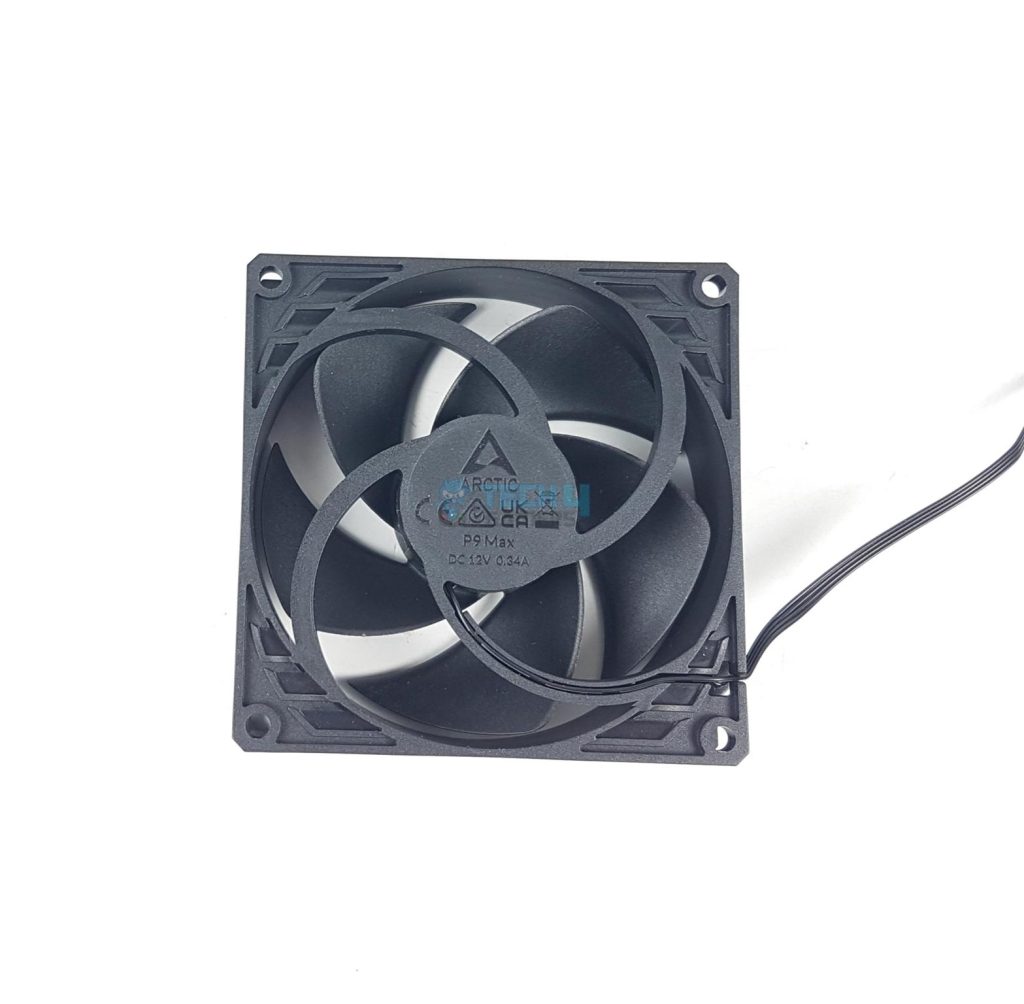
The backside of the fan has a spiral-shaped 4-arm assembly securing the blade assembly to the main frame. These fans generate direct or focused airflow. The power rating of the fans is printed here as well. These fans come equipped with Fluid Dynamic Bearings. These bearings on P9 Max fans could see them wear out quickly but ARCTIC’s 6-year warranty covers that.
Connectors
Each type of fan comes with a different connector or a combination of. Let’s take a look at these connectors.
The P9 Silent (Black) fans have a 3-pin connector. These are DC controlled unlike the PWM controlled. But hey, you can still regulate their speed much like PWM regulation from UEFI BIOS.
The mainstream P9 PWM PST (Black) has a 4-pin PWM connector as well as a 3-pin socket. This allows you to daisy-chain these fans for synchronized control.
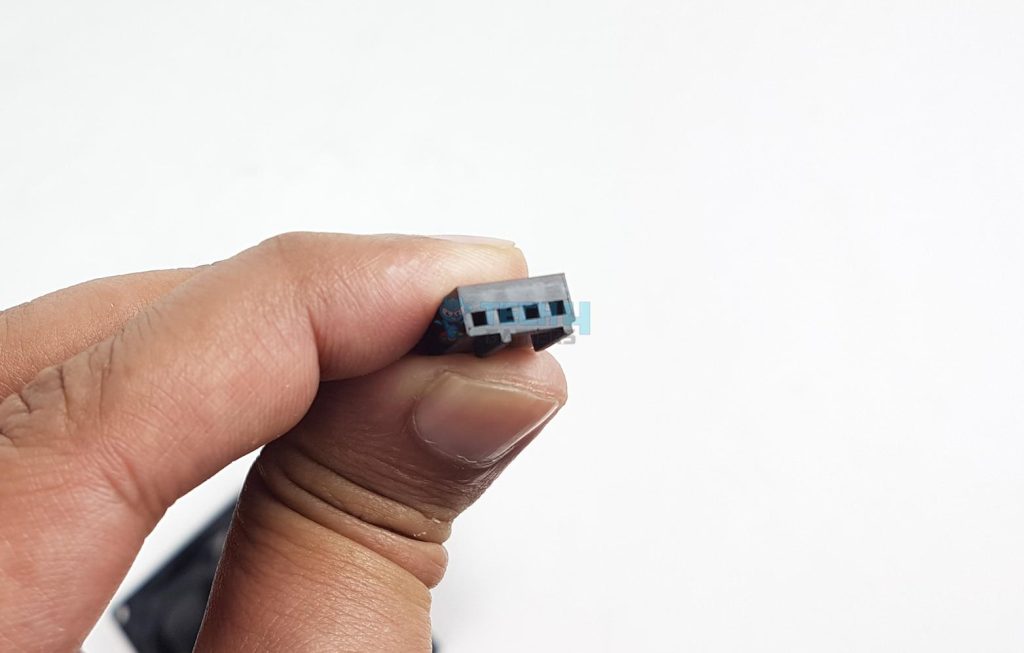
The P9 Max (Black) fan has a 4-pin PWM regulation. Since a single fan has a power draw of 4.08W hence ARCTIC has wisely not enabled the PST feature on these.
Three fans in a daisy-chain setup will draw power above the 12W. Many fan headers are rated for 12W maximum. You might want to check the motherboard’s manual first to determine the maximum allowed power per header.
Thermal Testing
I have used below mentioned configuration to test the performance of these fans: –
- AMD Ryzen 9 9900X
- ASRock X870E NOVA WiFi
- G.Skill Trident Z Neo RGB 32GB 6400MHz CL30
- Noctua NH-U9S
- Sabrent Rocket 4 Plus 1TB NVMe SSD [For OS]
- Intel ARC B850 [For Display]
- Fractal Design ION+2 860W Platinum PSU
- Thermaltake P6 TG Snow Edition in an open frame layout
Here is the settings table for testing:
| All Cores | Auto, Stock |
| VCore (V) | Auto |
| PBO | 105W Eco Mode |
| Power | 105W |
| Thermal Paste | Noctua NT-H2 |
| Test Run Time | 30 minutes CINEBENCH R23.2 |
| Idle Time | 10 minutes |
| Fan/Pump Speed | 100% PWM Duty Cycle |
| Monitoring Software | HWInfo64 |
Final test build with the fan installed:
The following fans are used for the comparison:
- Noctua NF-A9 PWM
- Arctic P9 Silent (Black)
- Arctic P9 PWM PST (Black)
- Arctic P9 Max (Black)
Below is a comparison of all four fans that are used in this testing.
| Fan | Speed (RPM) | Static Pressure (mmH₂O) | Airflow (CFM) | Current Rating (Amps) |
| P9 Silent | 1900 | 1.32 | 23.96 | 0.08 |
| P9 PWM PST | 200 – 3000 | 3.12 | 38.83 | 0.12 |
| P9 Max | 450 – 4300 | 6.17 | 58.25 | 0.34 |
| Noctua NF-A9 PWM | 2000 | 2.28 | 46.47 | 0.09 to 0.1 |
Test Results
The P9 Max fan did a horrendous 48.9 dB(A). The Noctua once again set a benchmark standard with 38 dB(A) noise level. The P9 PWM PST managed a good closure with the Noctua. The P9 Silent is better of all but this level comes at the cost of the highest thermals in this set.
All fans were operating near their rated speed in RPM.
PWM And DC Range
The P9 PWM PST and P9 Max fans feature 0dB mode in which they stop spinning below 5% WPM duty cycle provided your motherboard supports this feature. My motherboard does and you can see that in the picture above.
P9 Max has a strong and wide PWM range making it a perfect candidate for any requirement, be it a case ventilation or use on a cooler. You can even reduce the speed to normalize the sound and these would still generate a solid performance punch. This I have already tested on another platform.
Should You Buy It?
Buy It If
✅You want high-performance 92mm fans: If you are hunting for powerful fans in 92x25mm size, look no further as ARCTIC has got you covered for good.
✅You need the best silent fan for case ventilation: The ARCTIC P9 Silent (Black) fan makes 36.8 dB(A) in my testing. They are completely inaudible yet generate decent airflow.
Don’t Buy It If
❌92mm size is not your thing: Skip these fans 92x25mm size is not a requirement.
Final Words
Every fan size caters to a different market segment and sometimes the given size might not make sense to you simply because you are not the target market user. ARCTIC P9 series fan is that size which may not be conventional for a regular desktop PC user but it might be for an SFF user.
I have tested three variants in this article and they have my high praise and it is not without a good reason. These fans retain the P series fan’s basic design model. These have a size of 92x92x25mm where 25mm is the thickness of these fans.
The P9 Silent fan uses a 3-pin DC-based connector whereas the rest of the fans feature 4-pin PWM regulation. I was surprised to see the Max category in this generation but I must say, ARCTIC has nailed it with the P9 Max. It is like one fan to rule them all. Yes, I am a big-time fan of The Lord of the Rings.
These fans use Fluid Dynamic Bearings and PWM versions feature 0dB mode applicable below 5% PWM duty cycle. The Silent version is rated for 1900 RPM speed whereas the PWM PST version is rated for 200 to 3000 RPM and the Max fan is rated for 450 to 4300 RPM. They generate good airflow at high static pressure in this size.
When it comes to performance, the P9 PWM PST would be my top pick followed by P9 Max. The P9 Silent is better reserved for case ventilation. These fans have delivered a top performance in my testing. However, the P9 Max will generate loud noise at full speed. ARCTIC is offering a 6-year warranty on these fans.
Thank you! Please share your positive feedback. 🔋
How could we improve this post? Please Help us. 😔
[Hardware Reviewer & Editor]
Meet Nauman Siddique, a highly experienced computer science graduate with more than 15 years of knowledge in technology. Nauman is an expert in the field known for his deep understanding of computer hardware.
As a tech tester, insightful reviewer, and skilled hardware editor, Nauman carefully breaks down important parts like motherboards, graphics cards, processors, PC cases, CPU coolers, and more.
- 15+ years of PC Building Experience
- 10+ years of first-hand knowledge of technology
- 7+ years of doing in-depth testing of PC Hardware
- A motivated individual with a keen interest in tech testing from multiple angles.
- I majored in Computer Science with a Masters in Marketing
- Previously worked at eXputer, EnosTech, and Appuals.
- Completed Course in Computer Systems Specialization From Illinois Tech


 Threads
Threads
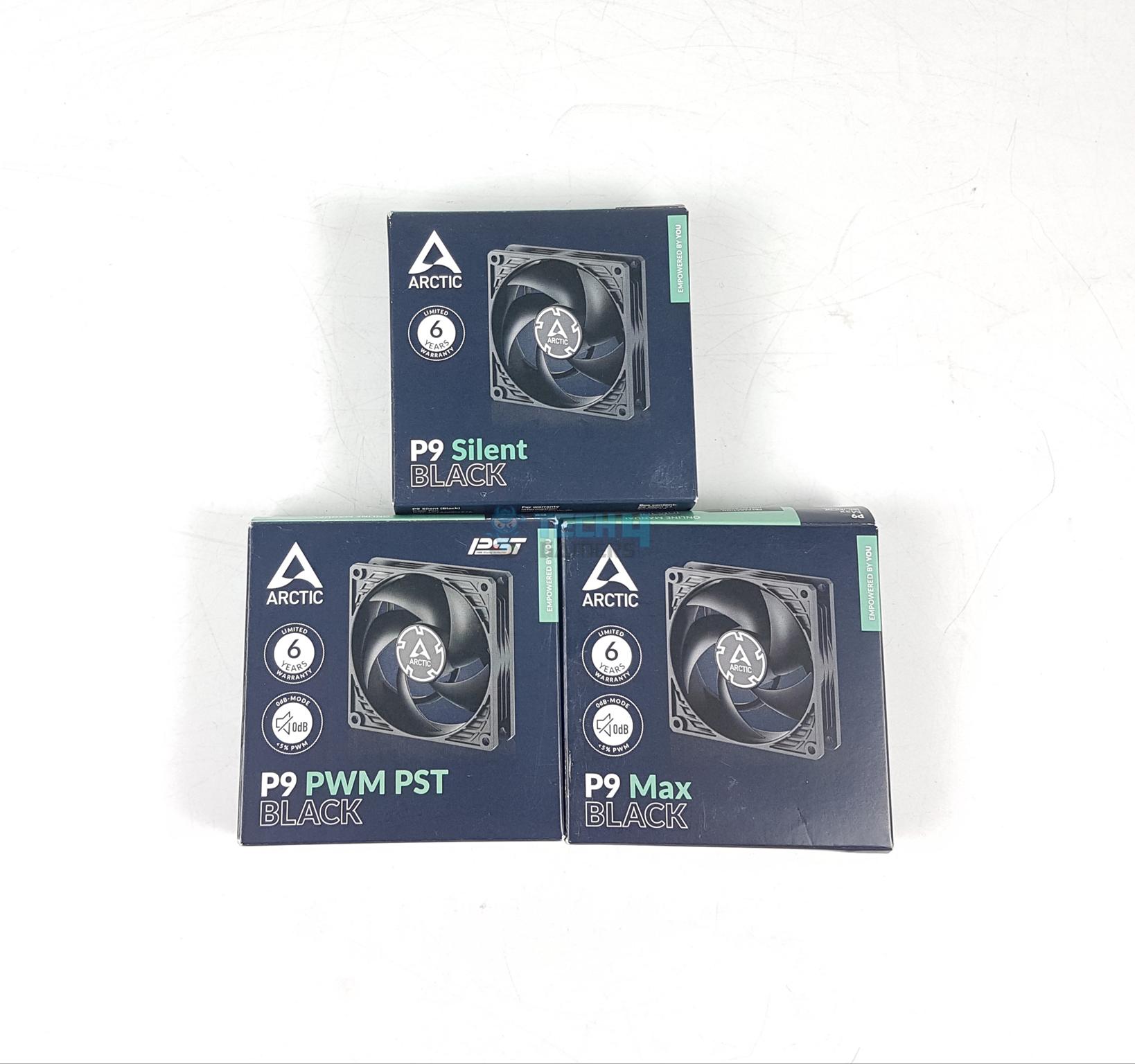


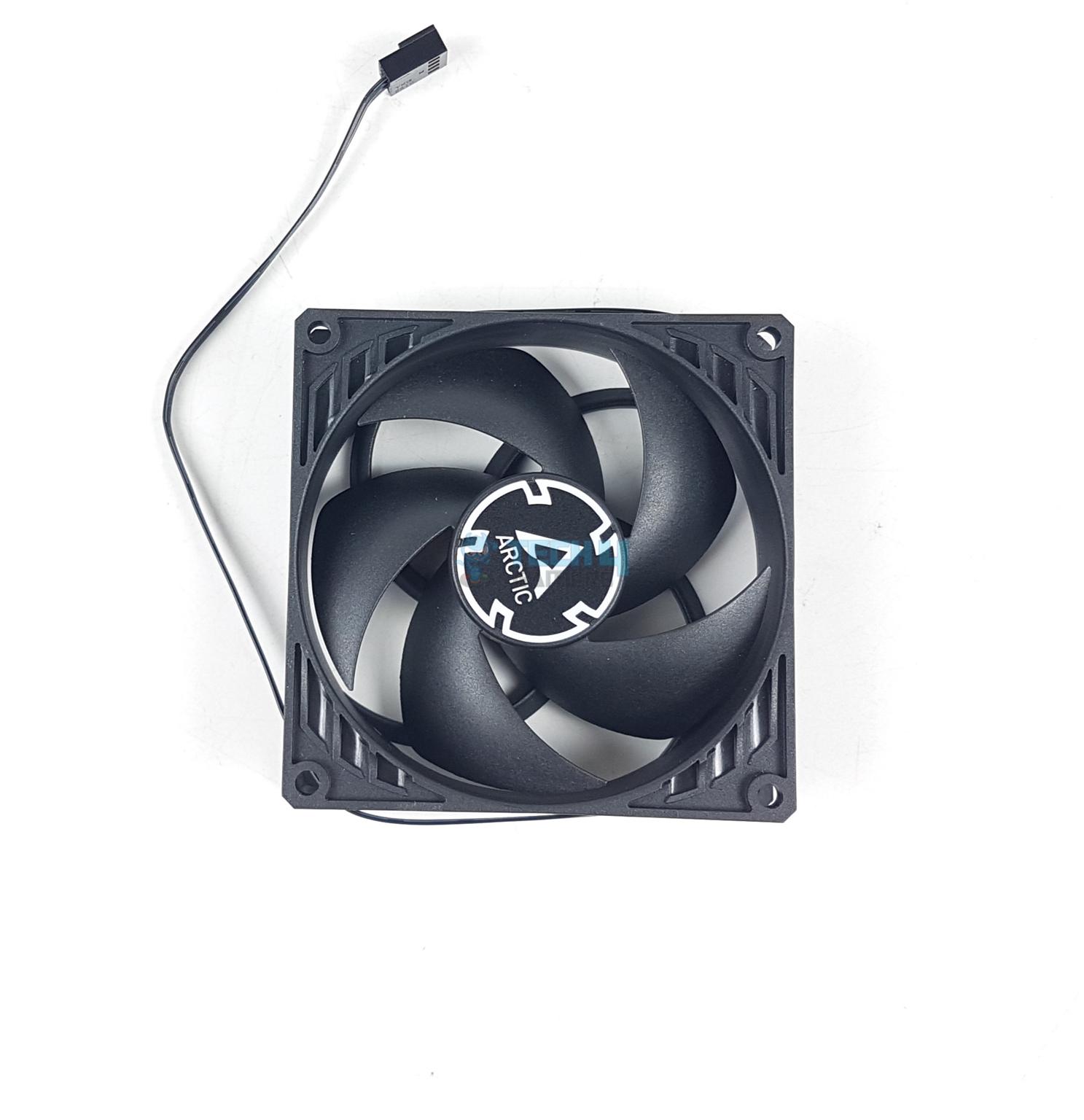
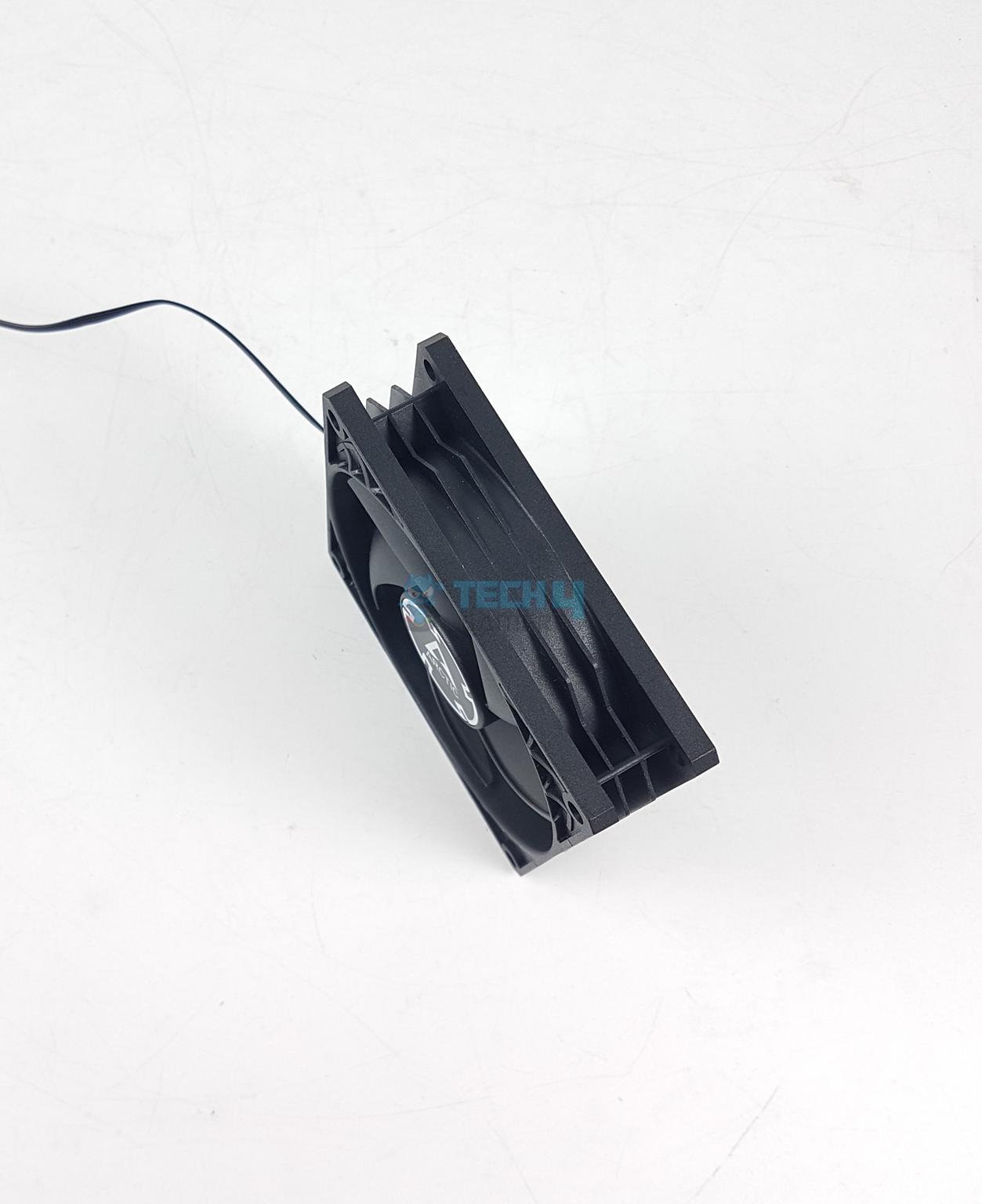
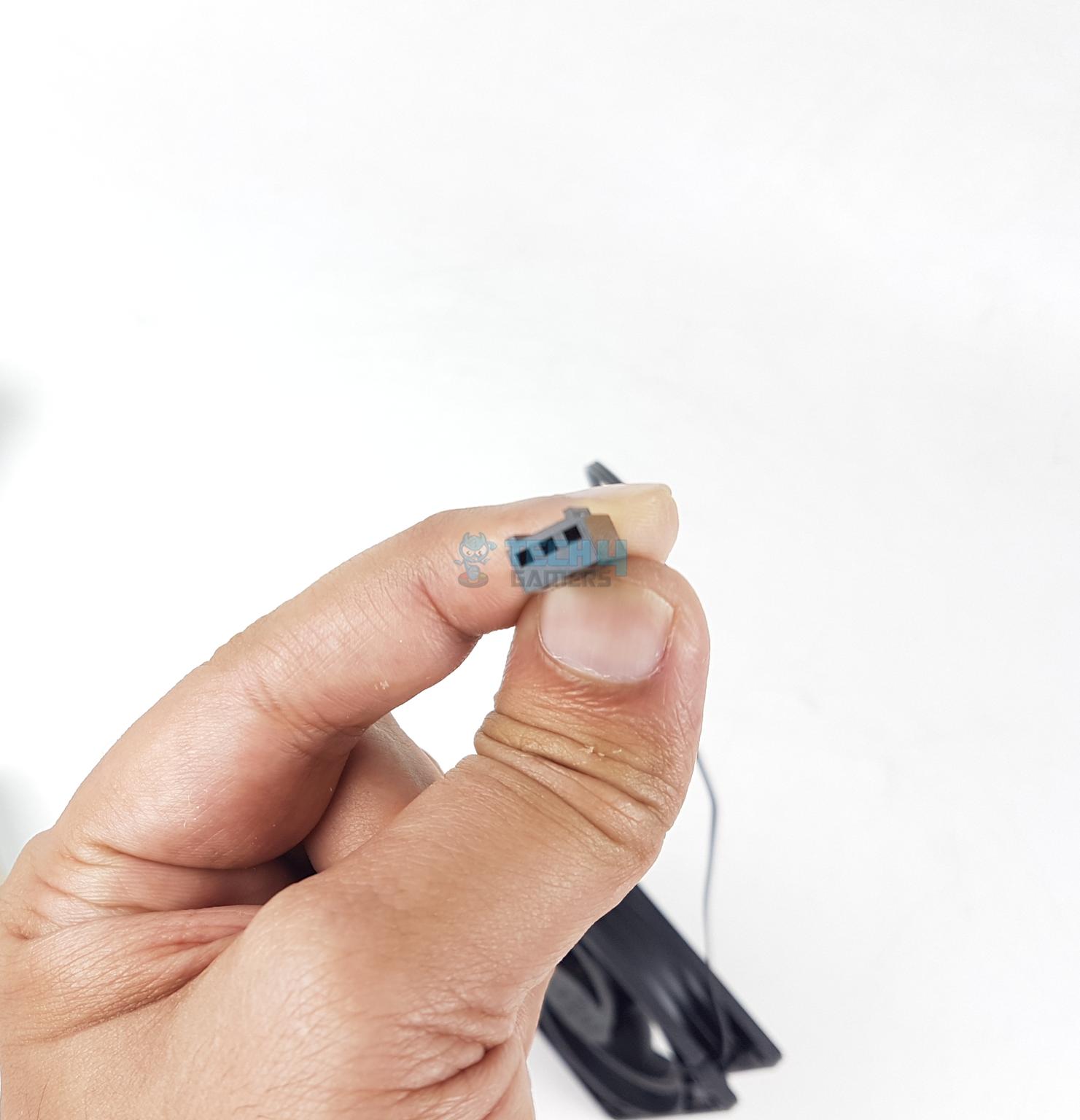
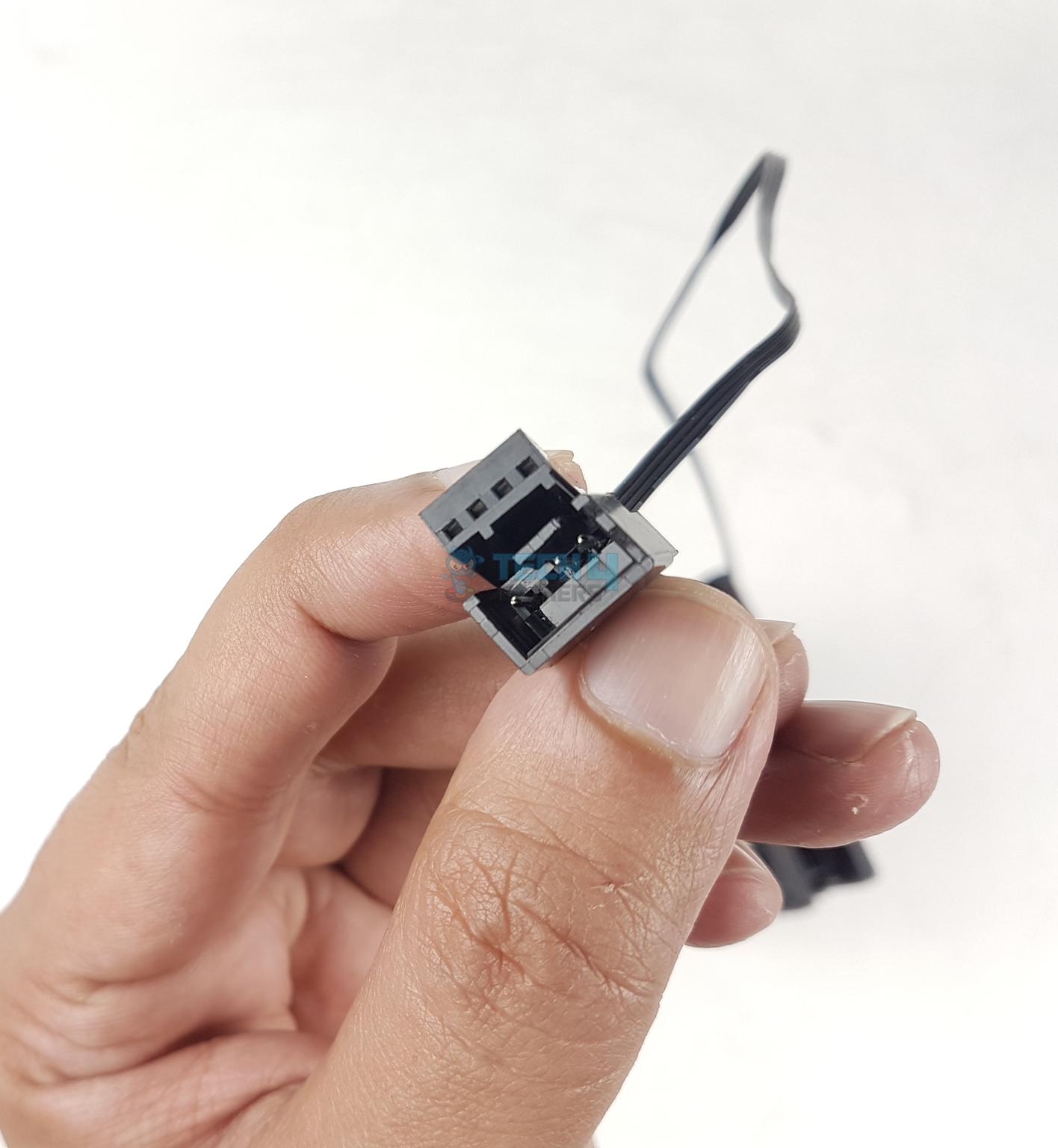

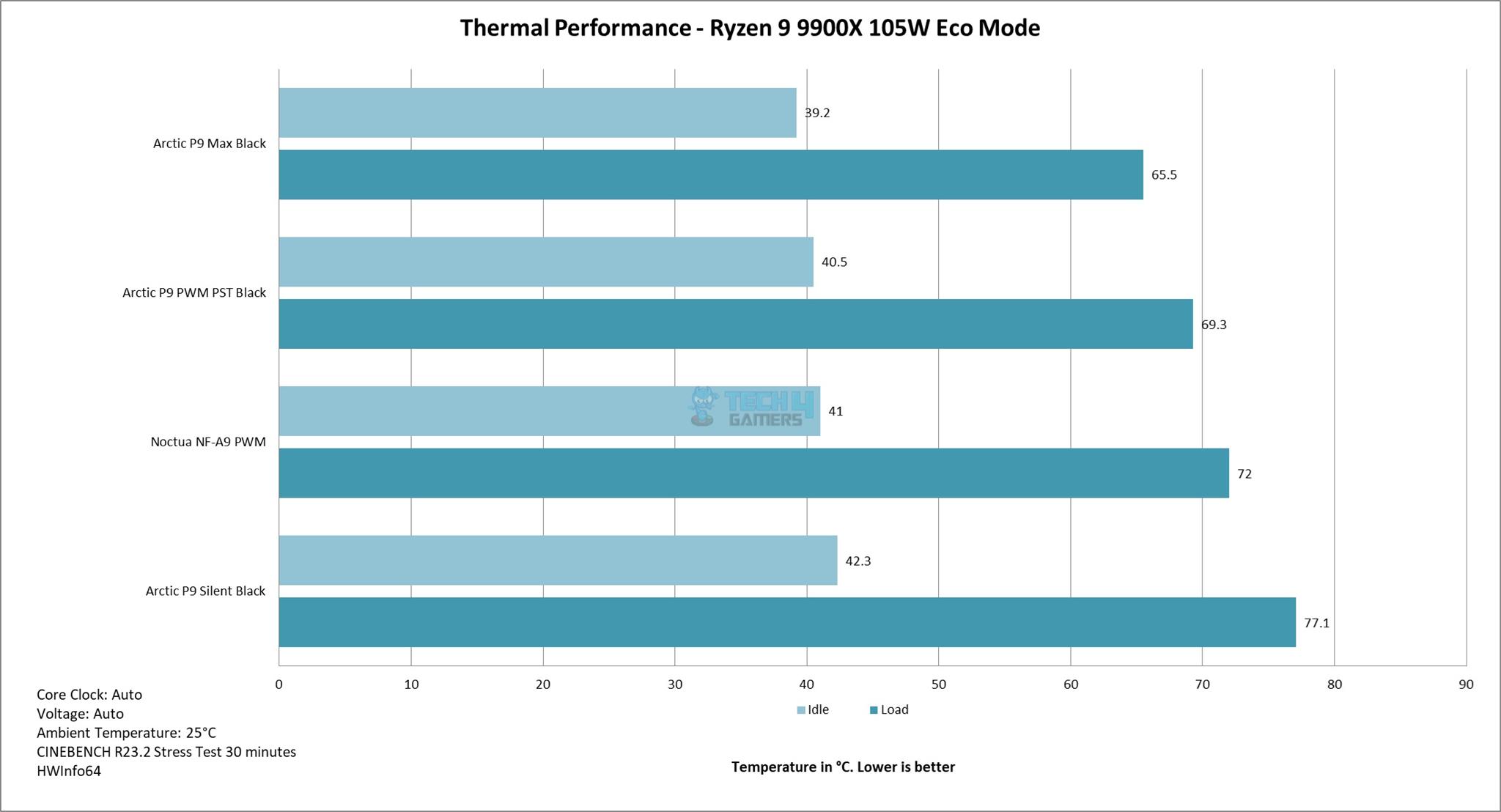
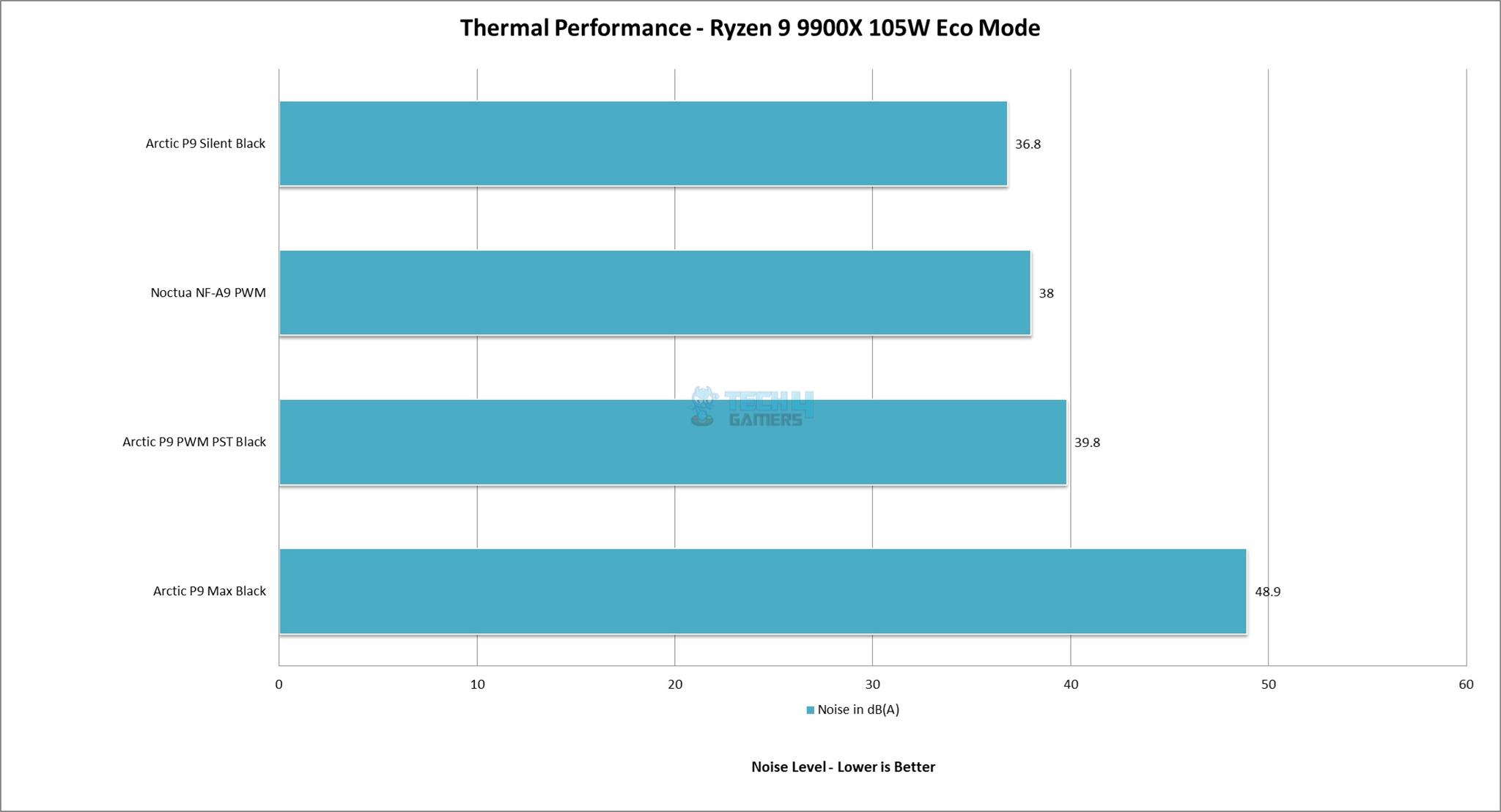
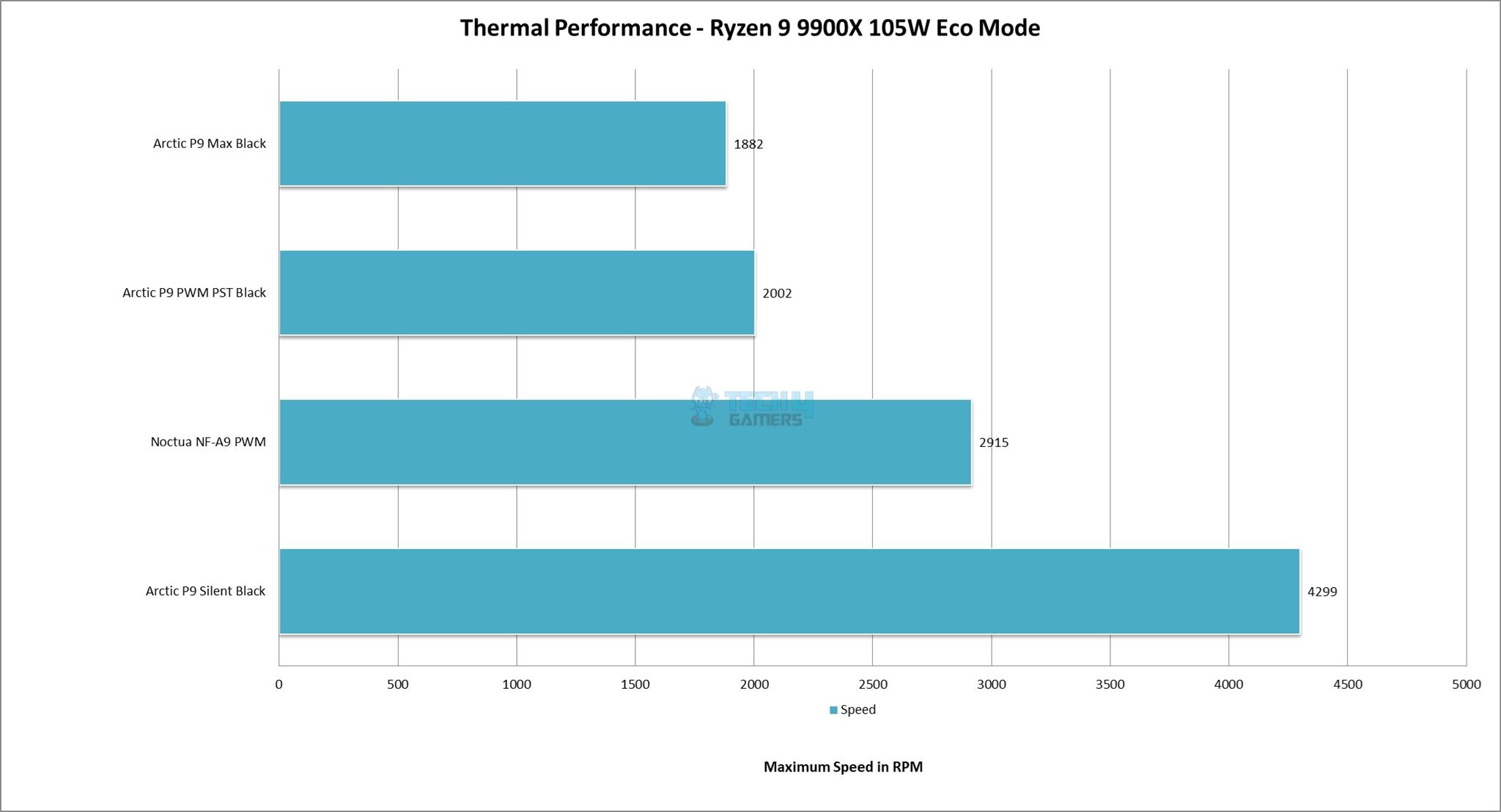


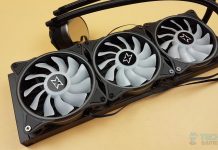
![4 BEST CPU Coolers For i9-12900K [We Tested All] cpu coolers for i9 12900k](https://tech4gamers.com/wp-content/uploads/2021/11/cpu-coolers-for-i9-12900k-218x150.jpg)
